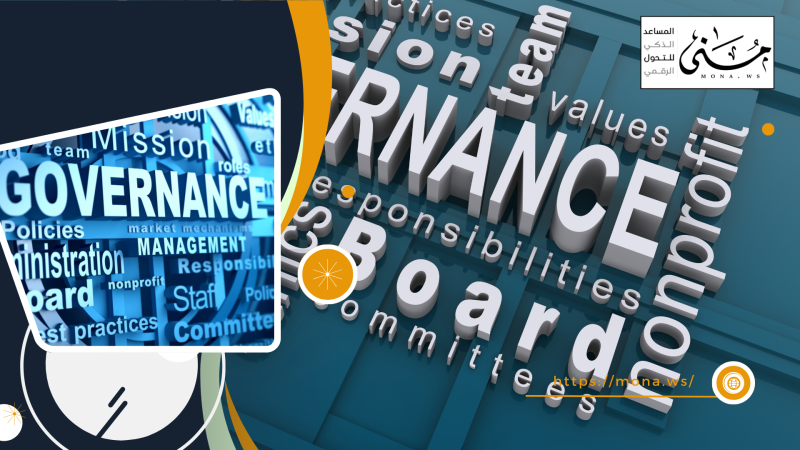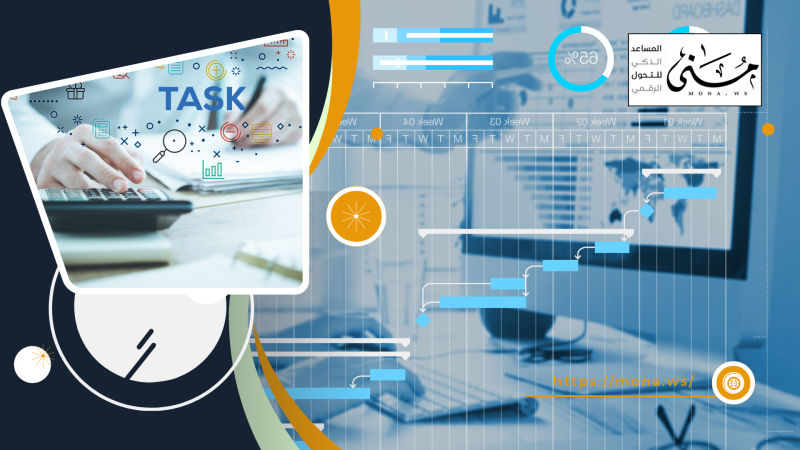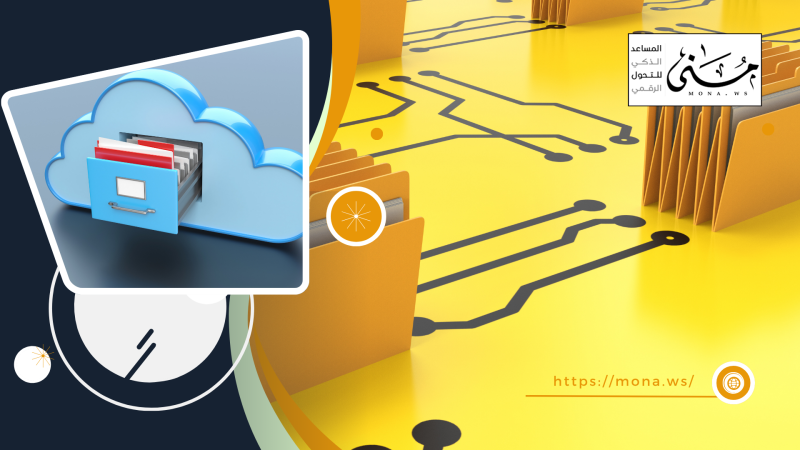In every organization, whether small or large, there's a familiar story that repeats daily. A story that begins with a new file, perhaps an important financial report or a contract with a strategic client. It's saved as "Final Report," and after several edits, it becomes "Final Report v2," then "Final Report - Manager's Review," and finally ends up in a shared server folder alongside dozens of other similarly named files. These folders might seem "organized," but are they really?
This is the paradox that most companies fall into: confusing the simple process of saving documents with the comprehensive concept of professional archiving. The belief that creating a folder structure on a computer or server fulfills the requirements of document management is one of the biggest mistakes that hinders efficiency and puts a company's intellectual assets at risk. How can you find a document created three years ago if you don't remember its name? How can you prove who approved a change in a contract clause? And can you ensure that sensitive documents are only accessible to fully authorized individuals? If these questions concern you, your organization doesn't just need a place to save files; it needs a smart strategy to manage their entire lifecycle.
The Illusion of Control in Traditional File Saving
Let's talk frankly about the practice of "file saving" as we all know it. It's the process of placing a digital file in a specific location, whether on a local hard drive or a shared network drive. The entire system relies on two flimsy pillars: employees' memory and their discipline in following file and folder naming conventions. In a perfect world, this might work. But in reality, it's a recipe for inevitable chaos.
Why Isn't Traditional Saving Enough? The Shortcomings Are Clear and Impactful:
-
Inefficient Search and Retrieval Nightmare: Searching in a folder-based system is often limited to the file name or, at best, a search within the content of text files. This makes finding scanned documents, images, or old contracts whose exact name you don't remember a nearly impossible task. It's a journey where hours of productivity are lost in frantic manual searches.
-
Lack of Transparency and Accountability: Who deleted the final version of the presentation? Who changed the budget figures at the last minute? In a traditional saving system, there are no answers. The concept of audit trails is completely absent, which opens the door to unintentional errors or, worse, deliberate tampering without leaving a trace. You don't know the file's history, its journey, or who interacted with it.
-
Fragile Security and Limited Permissions: Access permissions in traditional servers are often very simple (read, write, delete). This means you either grant an entire department access to everything in a particular folder, or you grant them nothing. There's no easy way to hide sensitive information within a file while allowing access to the rest of its content, or to prevent someone from printing a document while allowing them to view it. This level of security is no longer acceptable in an era of increasing data protection regulations.
-
Absence of Content Lifecycle Management: Files are not immortal. Every document has a lifecycle: it's created, reviewed, approved, used, then must be archived for a specific period (which may be legally required), and finally must be securely destroyed. Traditional saving does not recognize this concept. Files accumulate forever, active documents get mixed with old ones, and servers become digital graveyards that consume expensive storage space and carry legal and security risks.
Professional Archiving – Moving from Storage to Strategic Management
In complete contrast, professional archiving offers a radically different vision. It's not just storage; it's an integrated system and a strategic methodology for managing a company's most important asset: its information. Smart archiving is a process that includes classification, storage, tracking, security, and full control over the content lifecycle.
The Core Pillars of Professional Archiving:
-
Smart Classification via Metadata: If the file is the body, then metadata is its soul and digital fingerprint. Metadata is "data about data"; it's the comprehensive identification card that sticks to the document. We're not just talking about the file name and creation date here, but about custom fields like "Client Name," "Invoice Number," "Contract Expiration Date," "Responsible Department," and "Document Status (Draft, Approved, Expired)." This smart file classification changes the game. Instead of searching for a file name, you can now ask the system questions like: "Show me all contracts for client (X) that will expire in the next quarter." This is the difference between a blind search and a precise query.
-
Document Tracking and Full Lifecycle Management: Professional archiving systems treat documents as living entities. Documents are tracked at every step of their journey. It's recorded who created them, who opened them, who modified them, who approved them, and who shared them. Furthermore, these systems effectively manage the content lifecycle. You can set up automatic rules, for example: "When an invoice is approved by the CFO, automatically send it to the accounting department and mark it as 'Ready for Payment.'" Or "After 7 years from the expiration of this contract, send a notification to the legal officer for review before destruction." This ensures compliance with regulations and prevents the accumulation of unnecessary data.
-
Records Management and Advanced Security: Professional archiving is the foundation of a strong records management system. It ensures that official and important documents are preserved for legally mandated periods, while preventing any modification or deletion during this time. From a security standpoint, these systems go beyond simple permissions. You can define highly granular permissions: "Employee (A) can only view this file, while Employee (B) can edit it, and Manager (C) is the only one who can approve or delete it." All of this is documented in detailed and unchangeable audit trails, providing complete transparency and undeniable accountability.
DocSuite ECM: A Practical Model for Implementing Smart Archiving
Theory is good, but what does all this look like in practice? This is where Enterprise Content Management (ECM) systems like DocSuite ECM come in, embodying these principles and turning them into practical and powerful tools. DocSuite isn't just a program; it's an integrated system that moves your organization from the chaos of traditional saving to the world of smart archiving.
How Does DocSuite Apply the Principles of Professional Archiving?
-
Unparalleled Metadata and Classification Engine: DocSuite allows you to design custom identification cards (metadata) for each type of document. The identification card for an "Invoice" is different from that of an "Employee's CV." When a new document is uploaded, the system (or the user) fills in these fields, making the file classification process accurate and automatic. Searching becomes instant and powerful, as you can search by any of these metadata fields.
-
Content Lifecycle Automation: DocSuite has powerful tools for workflow automation. You can design a complete workflow for a document. For example, when a "Leave Request" is uploaded, it's automatically sent to the direct manager for approval, then to the HR department for registration, with notifications sent to each party at every stage. This eliminates delays, prevents document loss, and provides a clear view of the status of each document at any time.
-
Absolute Security Control and Complete Transparency: In DocSuite, security is not an optional extra. You can control who sees what, who edits what, and who prints or shares what, at the user, department, or even individual document level. Most importantly, every click, every view, and every modification is recorded in a detailed audit trail. If a number is changed in a contract, you'll know exactly who did it, when, and from which device. This is the true level of document tracking.
-
Realizing the Concept of Smart Archiving: Smart archiving with DocSuite means that the archiving process is no longer a manual burden. The system can monitor specific folders or emails, automatically extract attachments, read some data from them (like an invoice number using OCR technology), and classify and archive them in the right place without any human intervention. This significantly reduces errors and frees up employees' time to focus on more valuable tasks.
Conclusion: From Chaos to Control – Your Next Most Important Investment
In conclusion, the difference between file saving and professional archiving is the difference between leaving your organization's doors wide open and securing them with the latest control and monitoring systems. It's the difference between a random search in a digital haystack and instant access to precise information. It's the difference between working with reaction and chaos, and working with a strategic and intelligent methodology.
It's time for every leader and manager to look at their current system and ask honestly: Are we "saving" or "archiving"? Are our intellectual assets at risk? The transition to an integrated archiving system like DocSuite ECM is not just a technical upgrade; it's a fundamental investment in the efficiency of your operations, the security of your data, and your ability to comply with legal and regulatory requirements.
Don't let your most valuable documents get lost in a maze of folders and vague names. It's time to find out what your organization is really missing and take the decisive step to move from mere saving to the era of smart archiving.









Comments
Add New Comment